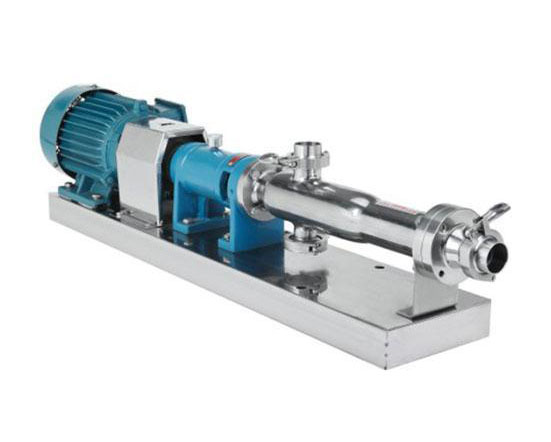rotary screw pumps
Rotary screw pumps are a type of positive displacement pump that uses two helical screws to move fluids. They are known for their efficiency and ability to handle a wide range of viscosities, making them suitable for various applications. Here’s a breakdown of their key characteristics, working principles, and applications.
Key Characteristics:
-
- Design: Consists of two interlocking screws that rotate within a casing.
-
- Positive Displacement: Moves a fixed volume of fluid with each rotation, providing a consistent flow rate.
-
- Low Pulsation: Produces smooth, continuous flow with minimal pulsation, ideal for sensitive applications.
-
- Versatility: Capable of handling both low and high-viscosity fluids.
Working Principle:
-
- Intake: As the screws rotate, they create a vacuum that draws fluid into the pump.
-
- Compression: The fluid is trapped between the screws and the casing, where it is compressed as the screws continue to turn.
-
- Discharge: The pressurized fluid is then pushed out through the discharge port.

Applications:
-
- Oil and Gas: Transporting crude oil, fuel, and other hydrocarbons.
-
- Chemical Processing: Moving viscous chemicals and slurries.
-
- Food and Beverage: Transferring thick liquids like syrups or pastes.
-
- Wastewater Treatment: Handling sludge and other viscous waste materials.
Advantages:
-
- Efficiency: High efficiency at various flow rates.
-
- Durability: Long service life with proper maintenance.
-
- Self-Priming: Can handle air and gas without losing efficiency.
Disadvantages:
-
- Cost: Typically more expensive than other types of pumps.
-
- Maintenance: Requires regular maintenance to ensure optimal performance.




